Confident Net Lease Investing in an Uncertain Market
By Marc Imrem, Managing Director, Transwestern: How can investors identify assets with strong prospects for meeting their targeted returns?
By Marc Imrem, Managing Director, Transwestern
 The prospect of capitalization rates on net lease properties climbing alongside rising interest rates is feeding uncertainty among investors. With store closings capturing headlines, buyers are particularly anxious about placing capital in retail. Yet the majority of net lease opportunities involve retail property. How can investors identify assets with strong prospects for meeting their targeted returns?
The prospect of capitalization rates on net lease properties climbing alongside rising interest rates is feeding uncertainty among investors. With store closings capturing headlines, buyers are particularly anxious about placing capital in retail. Yet the majority of net lease opportunities involve retail property. How can investors identify assets with strong prospects for meeting their targeted returns?
Solving that dilemma requires clear objectives and a genuine understanding of the investor’s risk tolerance. The market still offers opportunities to satisfy a range of goals, from strong yields at the price of elevated risk, to more modest returns and lower risk profiles that appeal to cash-flow buyers.
There are several key points that will help net lease investors at either end of the risk spectrum to achieve their goals.
Safety First
If a reliable income stream is paramount, the net lease investor looks for occupiers at low risk of lease default and acquires an asset with plenty of years remaining on the lease term. A typical, 15-year lease may include rent increases to help offset the effects of inflation.
The low-risk buyer can further mitigate risk through the choice of occupier, avoiding businesses that are likely to struggle over the years ahead. Consider which brick-and-mortar stores are already struggling and therefore pose a higher risk to the investor.
Many of the retailers closing stores today sell easily returnable goods or depend upon discretionary purchasing. Mattresses, electronics, clothing and household appliances are all examples of items that consumers tend to delay buying during periods of economic uncertainty. Investors should demand higher returns on these properties. Avoid struggling or outmoded retail types: Video rental chains, for example, are a once-strong niche that is now passé.
Users at lower risk of reduced performance include those that sell necessities, such as medicine, food or gasoline; and providers of necessary services such as medical care or parcel shipping. Look to users that have demonstrated resilience in past recessions: Many automotive parts suppliers and repair shops, for example, enjoyed steady or improved business when belt-tightening consumers delayed new car purchases and opted to keep their aging vehicles on the road.
More Risk, More Reward
Investors with a taste for higher returns can move out on the risk curve and look for lower-credit users, leases with short terms remaining, or both. The key is to seek prime locations that can be easily filled with new occupiers if the existing tenant defaults or vacates when the term ends.
Where the expiring lease rate is close to market rents, the landlord’s risk is lower because it should be possible to renew or replace the tenant at the market rate. In comparing deals with looming lease maturities, favor those with below-market rents. If a lease with $15 rent per square foot rolls over in a market where average rent is $20, simply renewing at the market rate will boost income.

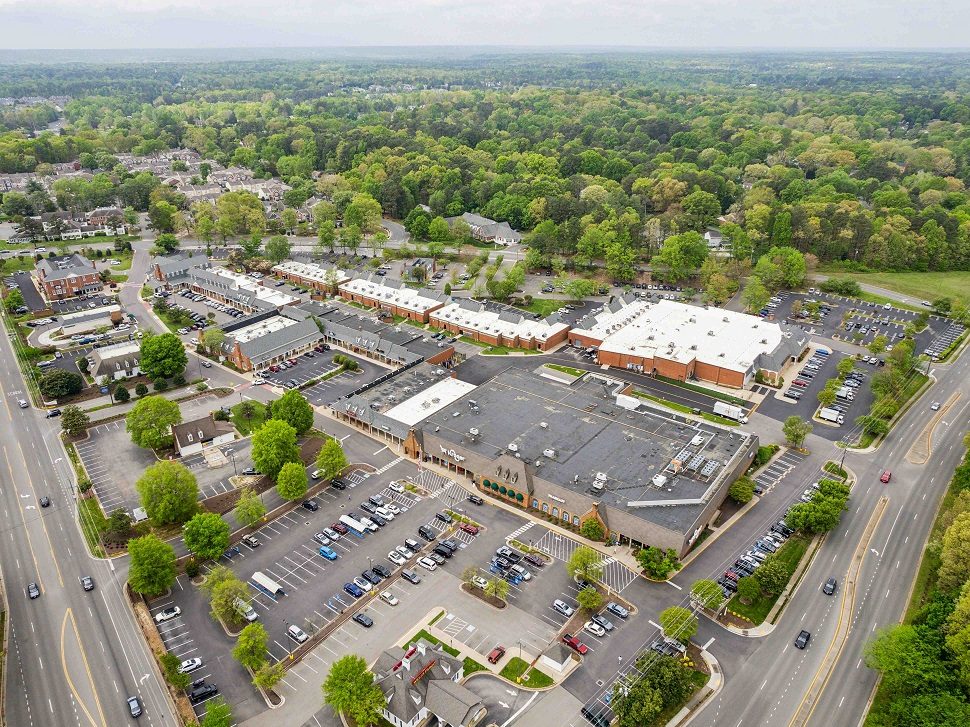
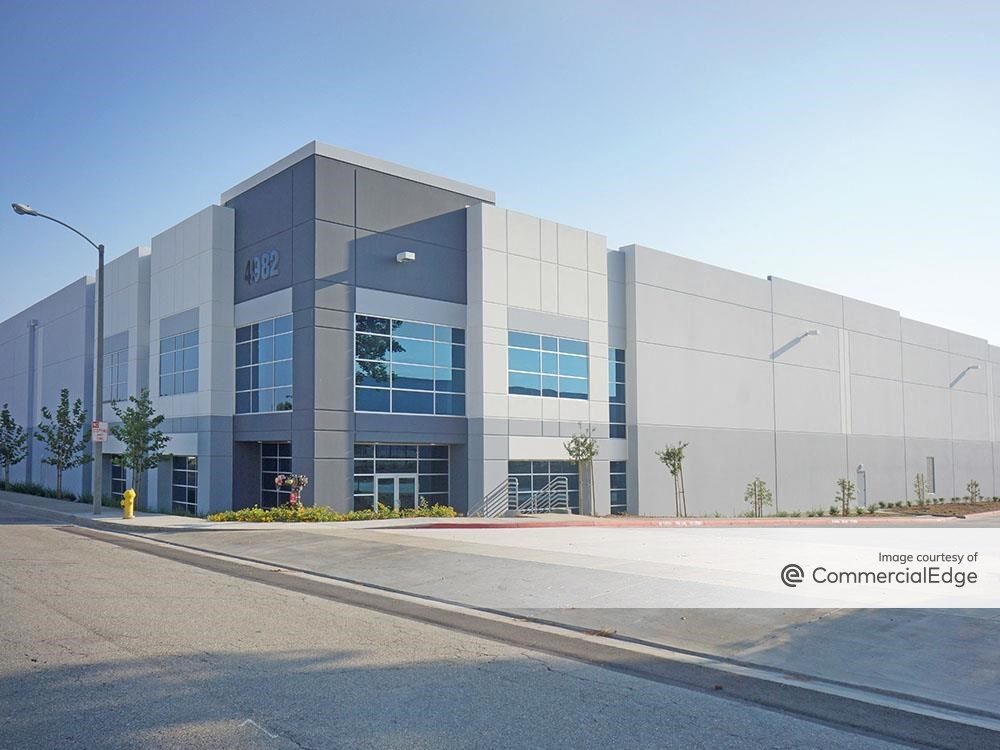
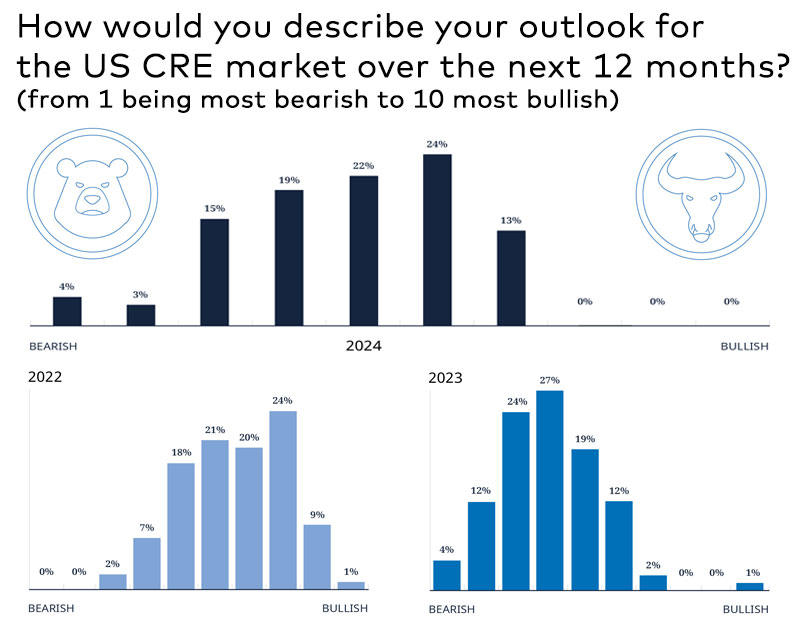
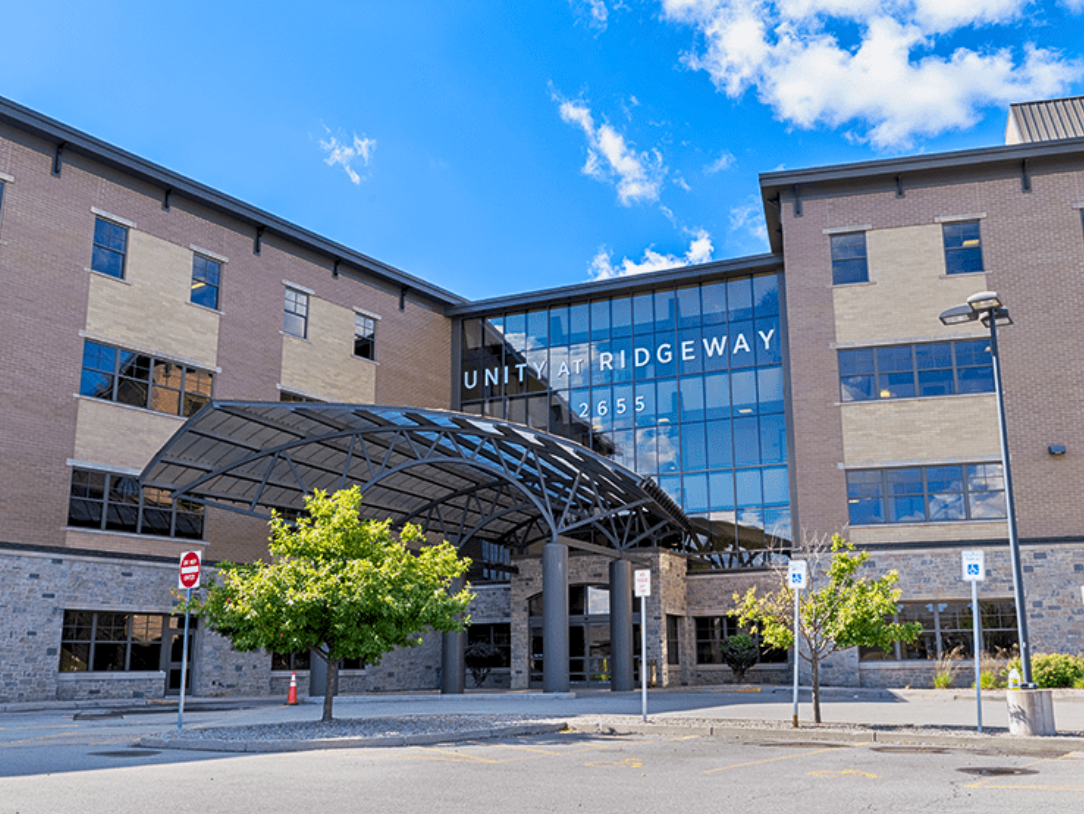

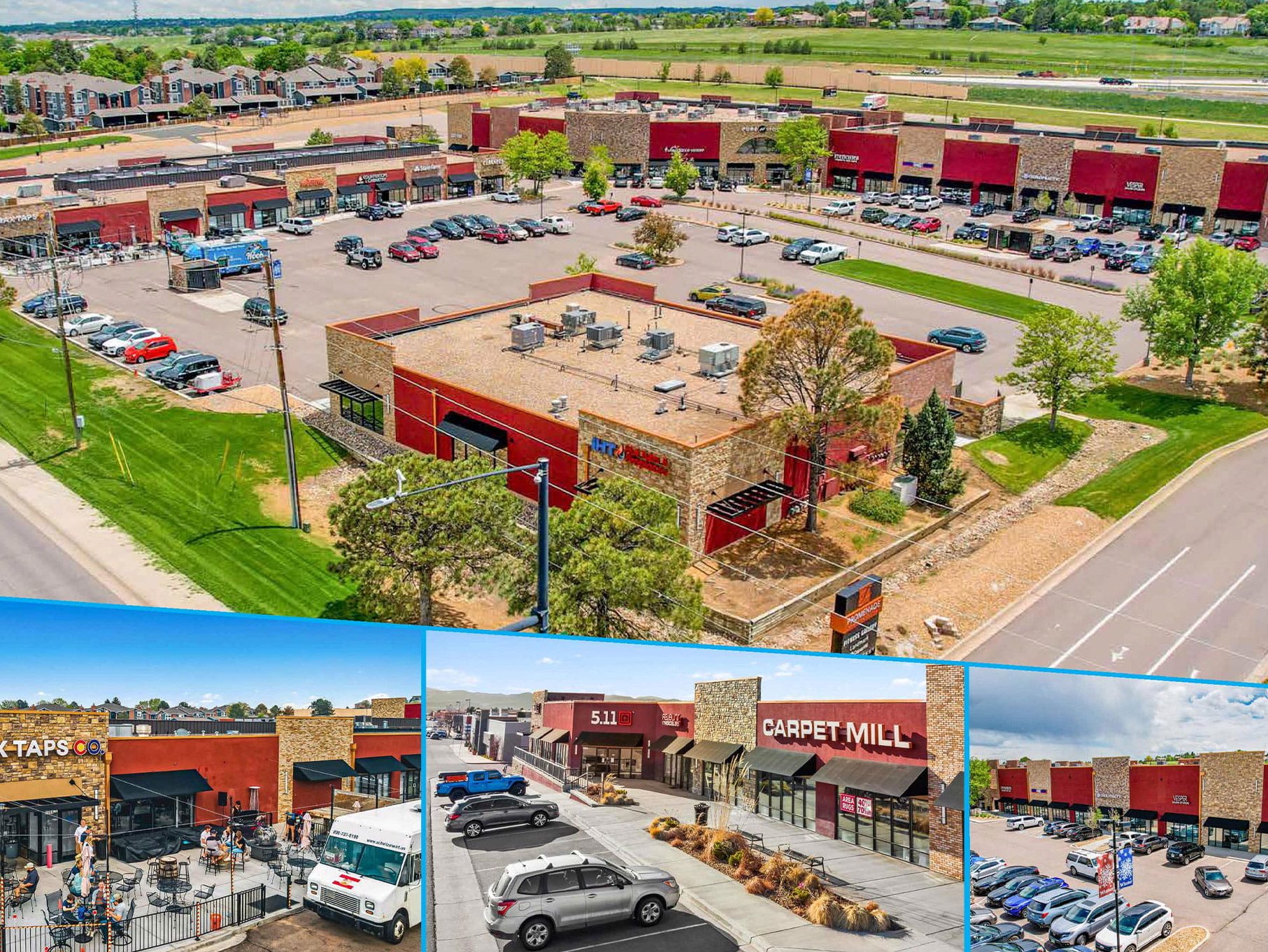
You must be logged in to post a comment.